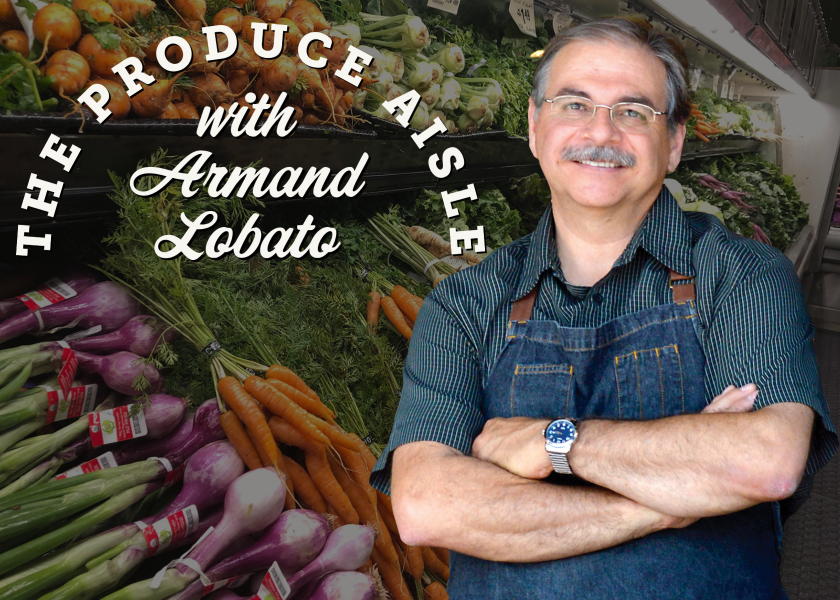Signing for success: It's all in the details

Reflecting on a recent small home remodeling project, I’m amazed at the details it takes to complete any job, large or small. As the project winds down, it seems to be in slow motion. Remaining tasks such as paint, electrical, trim and more extend the to-do list.
Produce remerchandising, and especially setting up new or remodeled stores, immediately comes to mind in this detail mindset.
A good action plan outlines what needs to be accomplished as the store grand opening draws closer. Necessary tasks can start months away.
Signing done carefully and with attention to detail will free you to focus on the grand opening.
Pressure mounts as the months become weeks and in the last few days and even hours before grand opening, details abound. That includes everything from pre-written schedules and produce orders to monitoring vendors, clerk training and equipment set up.
Without a detailed plan it can quickly spiral out of control, creating delays, shrink and unnecessary added stress.
One task that is loaded with details in a produce remodel? Signing.
I’ve done signing the stressful way and in a not-nearly-as-stressful way. The former method involved waiting until most of the department was set up, then tackled signage as the final task.
Waiting to do such an important step (involving hundreds of items) last was a mess. And with too many untrained clerks involved, the sign kit quickly became disorganized, parts went missing and signing took far too long to complete, was inconsistent and, often, incorrect.
Now for the better way.
The signing detail is best performed by no more than two people, the produce manager/assistant and another well-organized assistant or clerk. Most kits can be ordered, received and organized weeks ahead of time.
The fewer hands in the sign kit, the better.
With a merchandising plan in hand, signing can begin. All the sign kit components — frames, holders, product headers, numbers, etc. — should be arranged by part types, header category and alphabetically, as you prefer, for easy access.
As tables are set up a week out, sign placement can usually immediately follow, using current pricing. Details include ensuring each display indeed has a sign, each header is correct, and signing guidelines are followed completely and consistently.
It’s a good idea to train everyone on signing guidelines but strive to limit the access and setup to one or two people. The fewer hands in the sign kit, the better.
The ideal sign setup is mostly completed before you receive your first produce delivery. As displays get stocked and the grand opening nears, your sign people will remain busy making adjustments, price changes, adding paper signage as needed and finishing up the gourmet, specialty, and dry, jar, or identification tags as needed. It’s a daunting, ongoing chore.
Signing done carefully and with attention to detail will free you to focus on the grand opening.
Armand Lobato works for the Idaho Potato Commission. His 40 years’ experience in the produce business span a range of foodservice and retail positions. E-mail lobatoarmand@gmail.com.
Find more of Armand's Produce Aisle wisdom here.







